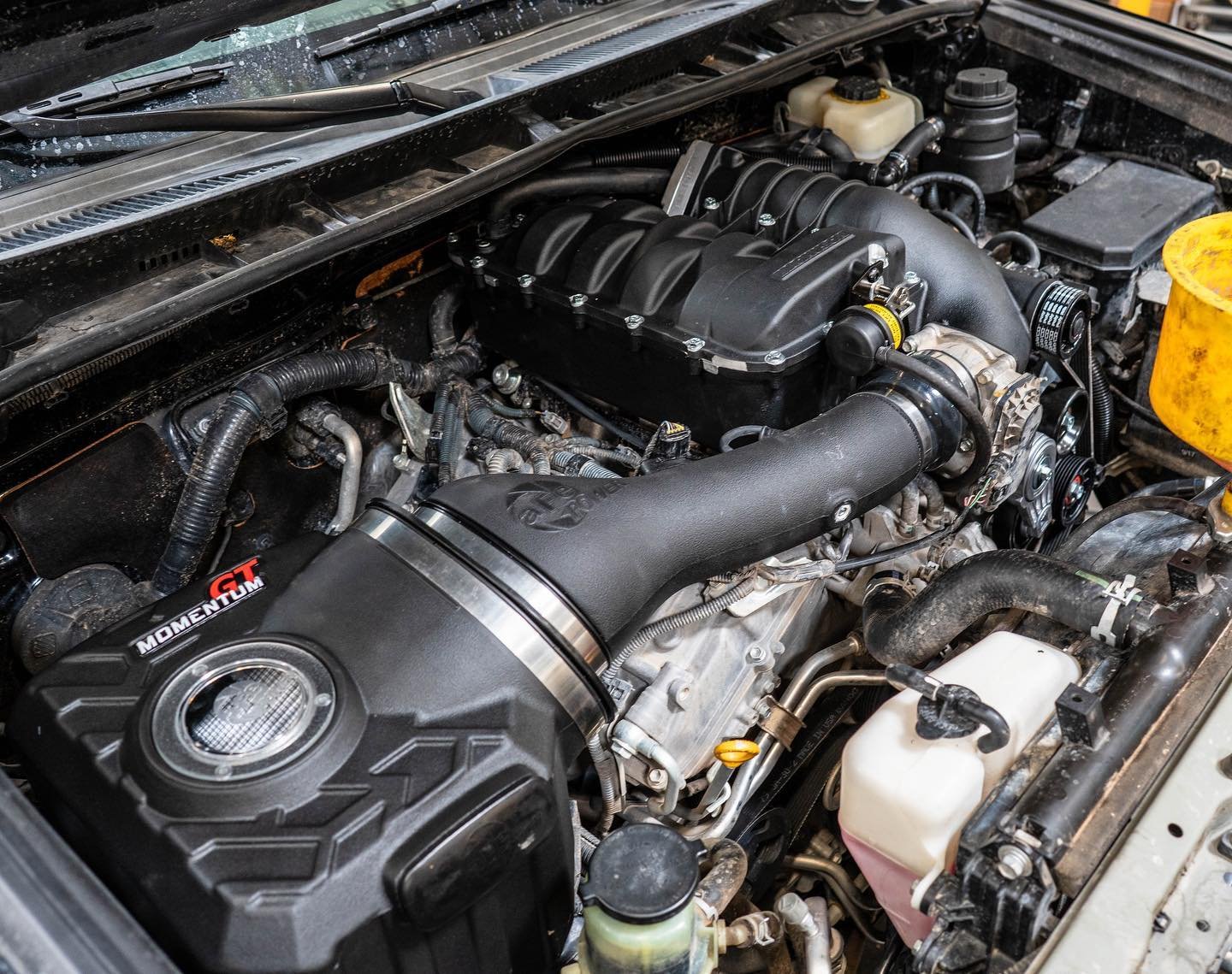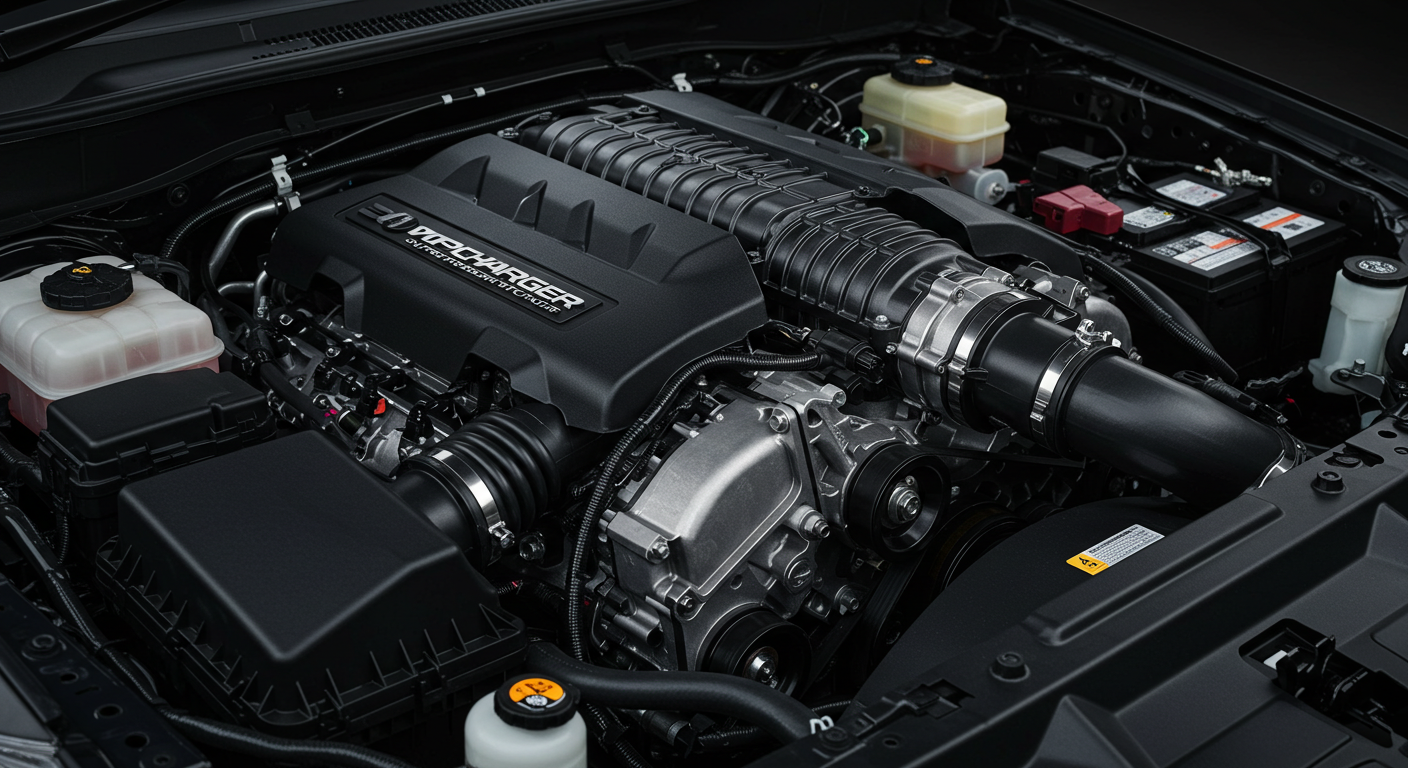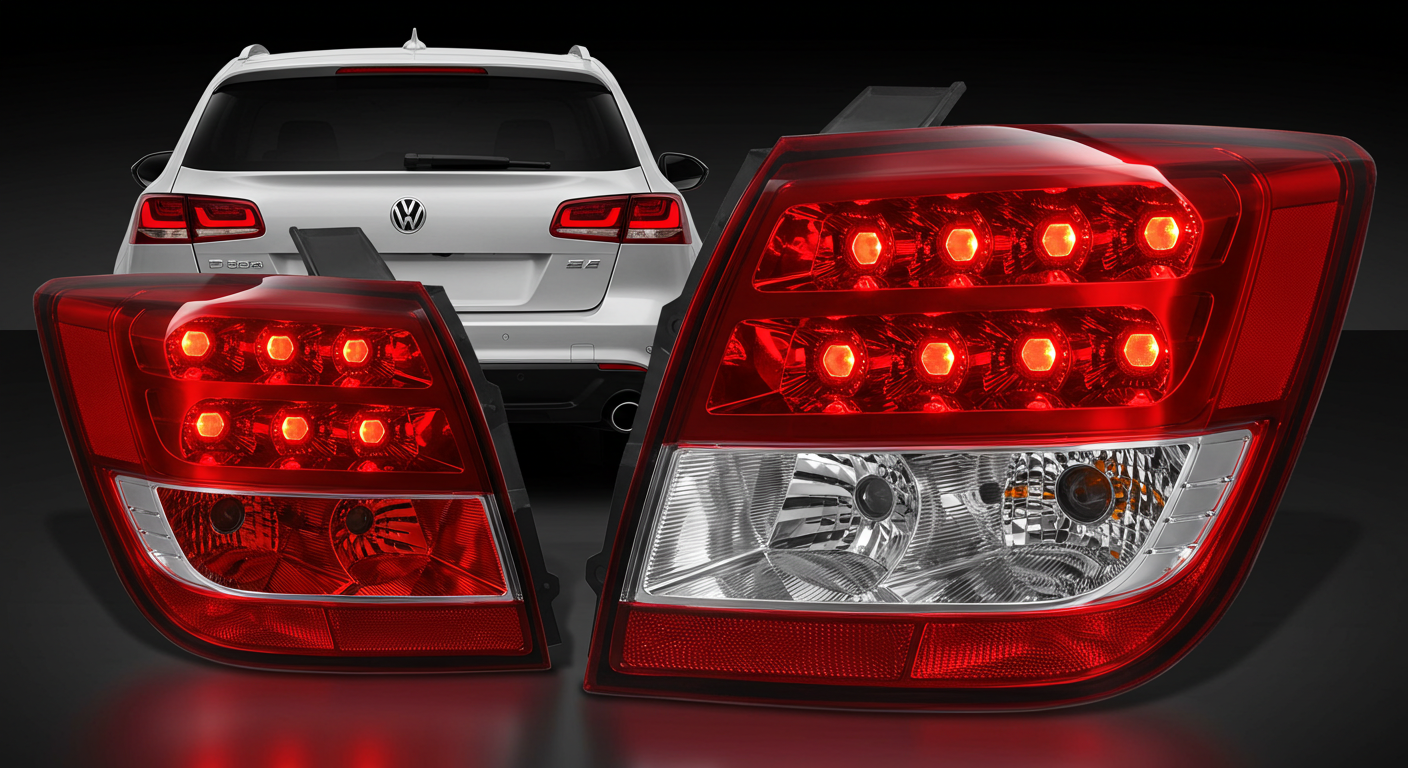Understanding the Causes of Rust in Snowy Climates
Rust formation on vehicles is a significant concern for car owners living in snowy climates. The primary factors contributing to rust are moisture, road salt, and temperature fluctuations, which together create an environment conducive to corrosion. When snow melts, it creates moisture that can accumulate on the surface of vehicles. This moisture, when combined with road salt, becomes particularly corrosive. The salt is used by municipalities to reduce ice on roads, making travel safer; however, it significantly accelerates the rusting process by promoting oxidation of the metal components of the vehicle.
Furthermore, the temperature variations between freezing and thawing play a critical role in rust development. During colder months, the surfaces of vehicles can become coated with ice and snow, trapping moisture and salt against the metal. When temperatures rise and this ice melts, the resulting water seeps into crevices and seams where it can remain hidden from view. This pooling of salty water creates a perfect environment for rust to develop and spread, often unnoticed until significant damage has occurred. Additionally, the presence of dirt and grime can exacerbate this issue by serving as an additional trap for moisture, compounding the risk of rust.
Moreover, vehicles that do not receive regular cleaning or maintenance are more susceptible to rust. Failing to wash the vehicle during winter months can allow accumulated salt and moisture to remain on the surface for extended periods, increasing the likelihood of corrosion. Owners should be aware that even vehicles equipped with modern protective coatings are not entirely immune to these elements. Over time, these protective layers can wear away, especially in harsh winter conditions, leaving the vehicle vulnerable to rust.
Choosing the Right Protective Coating
When it comes to safeguarding your vehicle against rust in snowy climates, selecting the appropriate protective coating is crucial. Various products are available on the market, each offering distinct advantages that contribute to long-term vehicle maintenance during winter months. Among the most popular options are wax, sealants, and ceramic coatings. Understanding the differences between these coatings can help owners make informed choices that are best suited for their vehicles.
Car wax is a traditional protective layer that provides a temporary barrier against moisture and road salts. It typically lasts for a few weeks to a couple of months before requiring reapplication. While wax can enhance the vehicle’s shine, it may not offer sufficient protection against the corrosive effects of winter weather in snowy areas. Therefore, while it can be a good initial choice, it may need to be combined with more durable solutions for optimal rust prevention.
Sealants represent a step up in durability compared to wax. These synthetic products form a stronger bond with the car’s surface and can last several months, creating a more lasting barrier against environmental elements. Sealants provide better protection against rust and contribute to the vehicle’s overall aesthetics by delivering a glossy finish. However, for those looking for the highest level of protection, ceramic coatings may be the most effective option.
Ceramic coatings offer long-lasting resilience and provide a robust defense against rust, dirt, and grime. They chemically bond with the vehicle’s paint and can last for years with proper maintenance. This advanced protective layer not only reduces the chances of rust formation but also simplifies the cleaning process, as contaminants struggle to adhere to the smooth surface. For vehicle owners in snowy climates, investing in a ceramic coating might be one of the best decisions to ensure their vehicle remains rust-free during winter conditions.
Regular Washing and Detailing: A Must for Winter Maintenance
During winter months, the presence of road salt and grime significantly increases the risk of rust formation on vehicles. Salt is a corrosive agent that can cause substantial damage to a car’s body and undercarriage if left unchecked. Therefore, regular washing of your vehicle becomes an essential aspect of winter maintenance. To effectively prevent rust, it is recommended to wash your car at least once every two weeks. However, in particularly snowy or icy conditions, more frequent washing may be necessary.
When washing your vehicle, it is crucial to ensure that every area of the car is thoroughly cleaned, including the wheel wells, undercarriage, and any areas where salt and dirt can accumulate. A touchless car wash can help in removing grime without the risk of scratches, or you may choose to do it manually with a gentle car soap. Pay special attention to the areas around the tires, as these tend to collect the most muck and salt. Utilizing a pressure washer can further enhance the cleaning process, allowing for the effective removal of stubborn build-up.
In addition to routine washing, detailing plays an important role in protecting your vehicle from rust. Applying a protective wax coat after washing can help create a barrier between the metal surfaces and the elements. Furthermore, using rust inhibitors on vulnerable areas can provide another layer of defense against corrosion. Ensuring that paint chips and scratches are promptly repaired is vital, as exposed metal is more susceptible to rust development. Regular maintenance not only enhances the aesthetic appeal of your vehicle but also significantly contributes to its longevity and performance.
Inspecting for Vulnerabilities: Areas to Watch Out For
When it comes to preventing rust in snowy climates, conducting regular inspections is vital for car owners. Certain areas of the vehicle are particularly susceptible to corrosion due to exposure to road salt, moisture, and other harsh winter conditions. The undercarriage is one of the most critical components to monitor; it is often splattered with salt and grime, creating a perfect environment for rust to develop. Regularly cleaning and inspecting the undercarriage can help detect early signs of wear and prevent extensive damage.
Another area that requires attention is the wheel wells. These sections often accumulate dirt, debris, and water, making them prime spots for rust formation. Any visible signs of cracks, peeling paint, or surface rust should not be overlooked. Wheel wells are also where moisture can pool, particularly if there are any existing scratches or nicks that expose bare metal.
The brake lines, which run along the undercarriage, should also be scrutinized. These lines are essential for vehicle safety, and if they are compromised due to rust, it could lead to brake failure. It is essential to inspect these components for any signs of corrosion or leaks, as early intervention can prevent significant safety risks.
Other areas to keep an eye on include the edges of doors, the trunk lid, and around the windshield. These locations are especially vulnerable to rust due to water pooling and trapped moisture. Ensuring that seals are intact and that there are no hidden cracks can significantly reduce the risk of corrosion. Overall, responsible vehicle ownership includes regular and thorough inspections of these susceptible areas to effectively mitigate the risk of rust formation and prolong the vehicle’s lifespan.
Using Rust Inhibitors: How They Work
Rust inhibitors are essential in combating the effects of moisture and salt, particularly in snowy climates where vehicles are subjected to harsh conditions. These compounds work by creating a barrier that prevents the oxidation of the metal surface, which is the primary cause of rust formation. By understanding how these inhibitors operate, drivers can make informed decisions regarding their car maintenance practices during winter.
There are various types of rust inhibitors available in the market. Some of the most common include wax-based inhibitors, oil-based treatments, and corrosion-resistant paints. Wax-based inhibitors offer a protective layer that is resistant to water and salt intrusion, effectively sealing the metal and preventing corrosion. Oil-based treatments penetrate deeper into the metal, providing long-lasting protection by displacing moisture. Corrosion-resistant paints, on the other hand, are typically used during the initial manufacturing process or for touch-ups but can also serve as an effective preventative measure against rust.
The application methods of rust inhibitors vary depending on the type used. Spray-on products can be easily applied in hard-to-reach areas, such as wheel wells and undercarriages, where moisture is most likely to accumulate. It is important to apply these treatments before winter begins to ensure maximum effectiveness. Regular maintenance, including reapplication every few months, can significantly extend the life of the vehicle and protect it from the damaging effects of rust.
In snowy and icy conditions, the effectiveness of rust inhibitors can be significantly enhanced. When salt is used to de-ice roads, it creates a conducive environment for rust development. Therefore, regularly treating your vehicle with an appropriate rust inhibitor not only guards against immediate corrosion caused by road salts but also provides long-term resilience against winter wear. Adopting a proactive approach to rust prevention will ultimately save vehicle owners costly repairs and prolong the lifespan of their cars.
Understanding the Importance of Proper Drainage
In snowy climates, the risk of rust forming on vehicles is significantly heightened due to the accumulation of moisture. One of the most critical aspects of preventing this rust is ensuring that the vehicle’s drainage systems are functioning correctly. Proper drainage facilitates the expulsion of water that might otherwise gather in susceptible areas such as the trunk and wheel wells. These locations can become traps for water, which, if left unchecked, can lead to severe corrosion over time.
When snow melts or rain occurs, it is essential for the water to be directed away from the vehicle’s body and critical components. Blocked drainage channels can lead to water pooling, creating an ideal environment for rust to develop. As a vehicle owner, regularly inspecting the drainage systems is crucial to maintaining your car’s integrity. Clearing leaves, debris, and ice from drainage holes is a straightforward yet effective measure. It is recommended to perform these checks after heavy snowfall or rain, as precipitation can exacerbate the accumulation of water.
In addition to physical inspections, utilizing high-pressure water streams periodically can help dislodge any stubborn debris within drainage systems. Ensuring that the undercarriage and wheel wells are clean is vital in preventing rust formation since these areas are particularly susceptible to trapped moisture. Furthermore, applying a protective wax or sealant to exposed metal surfaces can create a barrier, reducing the likelihood of corrosion.
Overall, understanding and maintaining proper drainage in your vehicle is essential for preventing rust. Taking proactive measures to ensure that water does not accumulate can significantly extend the lifespan of your car, particularly in regions prone to snowy weather.
Choosing the Right Winter Tires and Rims
During the winter months, selecting the appropriate tires and rims is essential for maintaining your vehicle’s performance while minimizing rust susceptibility. Winter tires, designed specifically for low temperatures and snowy conditions, feature specialized rubber compounds that remain pliable in cold weather, enhancing traction and control. The importance of these tires cannot be overstated, as they can significantly reduce stopping distances on icy roads.
When considering materials for winter rims, it is crucial to recognize that not all rims are created equal. Aluminum alloy rims, while lightweight and aesthetically pleasing, may corrode when exposed to road salt and moisture typical of snowy environments. On the other hand, steel rims represent a more rust-resistant option, often preferred for their durability and cost-effectiveness. Furthermore, steel rims can be easily painted with protective coatings to further shield against rust, making them a practical choice for winter driving.
Among the available options, there are specific features to look for in winter tires. Ensure that the tires possess the designation of M+S (Mud and Snow) or the Three-Peak Mountain Snowflake (3PMSF) symbol, indicating superior snow performance. These markings confirm the tire’s ability to effectively navigate snowy and icy conditions. Additionally, consider opting for tires with a deeper tread pattern, as they can enhance grip and reduce the risk of hydroplaning on slushy surfaces.
In selecting rims, be sure to choose those with a protective finish, such as powder coating or anodization, to mitigate rust risks. A proper sealant can also help to prevent moisture intrusion, further safeguarding the rims from the damaging effects of salt and water. Ultimately, a careful assessment of both winter tires and rims can lead to improved safety and prolonged vehicle lifespan in snowy climates.
Storing Your Vehicle for the Winter: Best Practices
As winter approaches, it is vital to consider proper storage techniques to prevent rust and corrosion on your vehicle. Whether you opt for indoor or outdoor storage, adhering to specific best practices can markedly minimize the risk of rust formation during the snow-laden months. For those with access to a garage, parking your car indoors is the most effective method of protecting it from harsh weather conditions. A controlled environment reduces exposure to moisture, chemicals, and road salt that can cause significant rust damage.
If indoor storage is not an option, utilizing a high-quality car cover becomes crucial. Ensure the cover is breathable to prevent moisture accumulation underneath, which can foster rust. It is important to select a cover that fits snugly to shield against wind, which can cause abrasion and unwanted moisture intrusion. For outdoor vehicles, placing a tarp over the car as an additional protective layer can serve as extra protection against the elements.
Before storing your vehicle for the winter, taking preventative measures will enhance its resilience against rust. Begin by washing the car thoroughly to remove any dirt, grime, or salty residue that could promote corrosion. Following the wash, apply a protective wax or sealant to create a barrier between the vehicle’s paint and the moisture-laden air. Additionally, it is wise to inspect and repair any dents or scratches, as these vulnerabilities can become rust hotspots over time.
Finally, consider the fluids in your vehicle. Top off the fuel tank to prevent condensation, and consider adding a fuel stabilizer to prolong fuel quality. Ensuring that fluids such as antifreeze and oil are at appropriate levels will also safeguard components against the cold. By diligently implementing these storage practices, vehicle owners can significantly reduce the potential for rust and ensure their vehicle remains in optimal condition for spring adventures.
When to Seek Professional Help
In the context of maintaining a vehicle in snowy climates, recognizing the appropriate times to consult a professional for rust prevention and treatment is crucial. While regular inspections and maintenance can mitigate rust risks, certain scenarios warrant expert intervention. One clear indicator that professional help is needed is the appearance of rust spots that have progressed beyond surface-level discoloration. If you notice flaking, bubbling, or deep pitting on the vehicle’s body or undercarriage, these signs suggest that rust damage may be pervasive and requires specialized skills to adequately address.
Beyond the visible signs of corrosion, other conditions can signal the need for professional assistance. For instance, if your vehicle frequently faces harsh winter conditions, including exposure to road salts and moisture, rust could form in locations that are difficult for the average car owner to inspect. Moreover, when previous DIY rust treatments fail to deliver satisfactory results, it is advisable to consult a qualified professional who possesses the right tools and experience to perform thorough remediation. Rust-proofing services can also be beneficial in protecting your car from future damage, as professionals may apply comprehensive coatings that are not readily available for consumer use.
Ultimately, engaging with an expert in vehicle maintenance can yield long-term benefits, not just in rust prevention but also in enhancing the overall longevity of your car. Regular professional detailing and maintenance inspections can help catch early signs of rust and address potential issues before they escalate to critical levels. Investing in professional rust-proofing services is an effective measure to shield your vehicle from the detrimental effects of winter weather. These actions promote the safety, performance, and value retention of your automobile in snowy climates.







